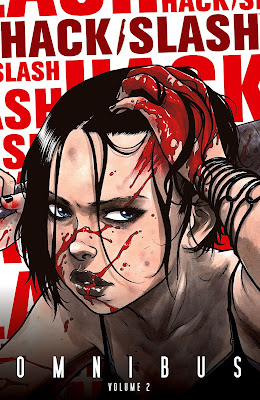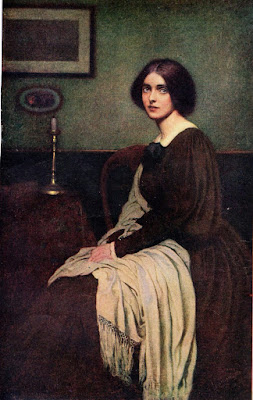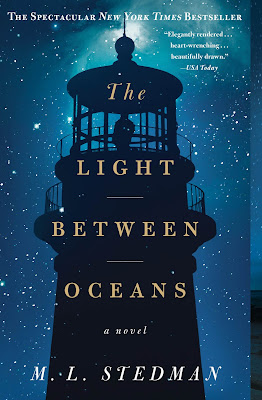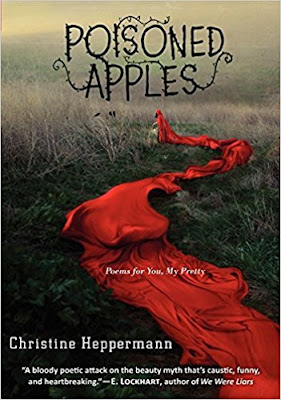"This Burns My Heart" by Samuel Park (published 2011)

Have you heard this story before? A woman, torn between her feelings for two different men, ends up making the wrong decision and lives a life of pain, suffering, and longing. Does that sound familiar? Though that storyline comprises the basic plot of Samuel Park’s “This Burns My Heart” (2011), I promise that there is something especially distinctive about this story, which I would even go so far as to call an epic saga. The novel is made up of four parts, each one named for a plant organism special to Korean culture; Part 1: Chrysanthemum, Part 2: Orchid, Part 3: Plum Blossom, and Part 4: Bamboo. Each of these plants represents something specific, which is beautifully explained by Park within the context of the story, but can be said simply to symbolize resilience, strength, and persistence in the face of harsh circumstances. These characteristics align with how Korean society became after the war, during the 1960s. Everyone in “This Burns My Heart” is an embodiment of t












